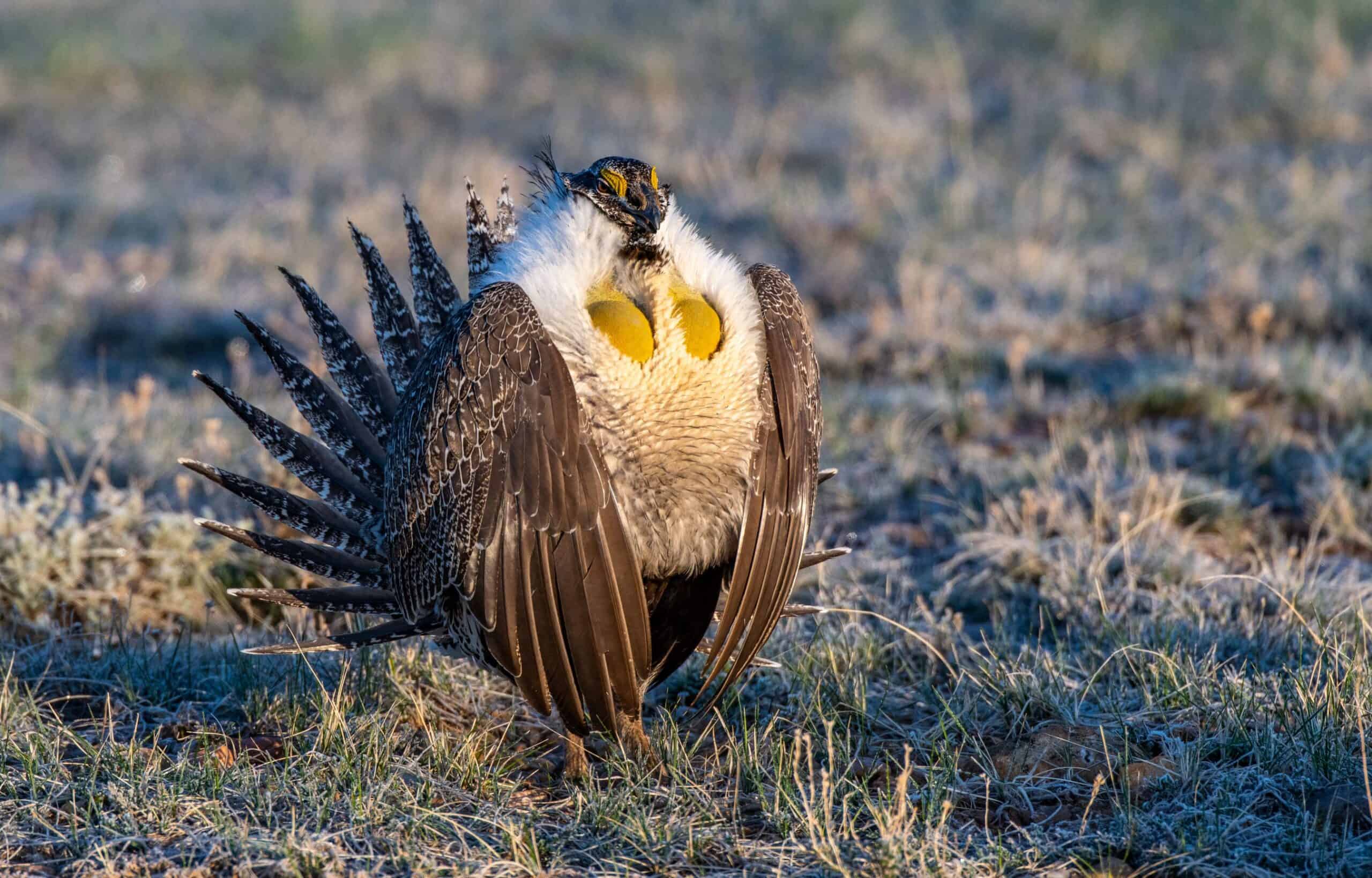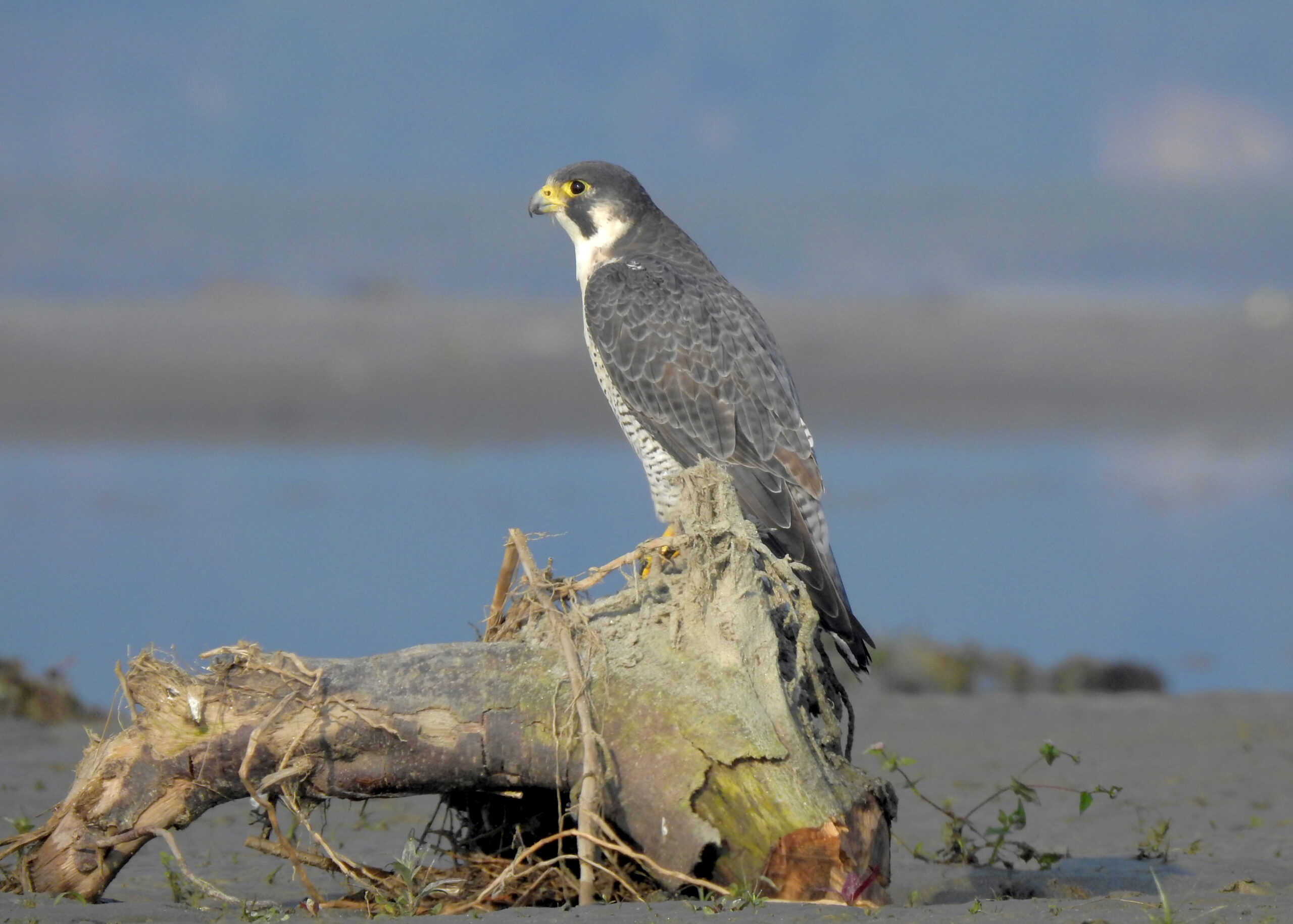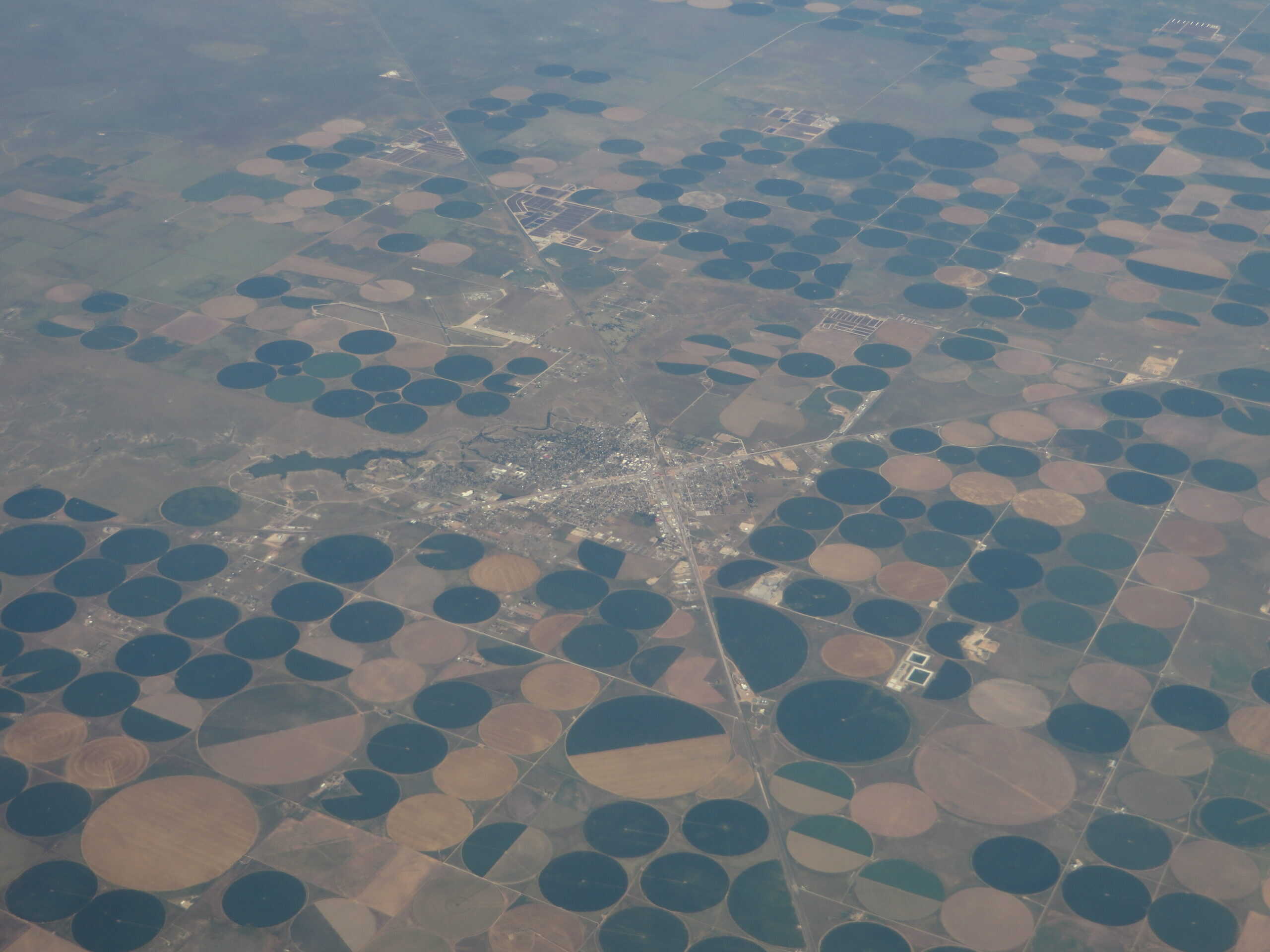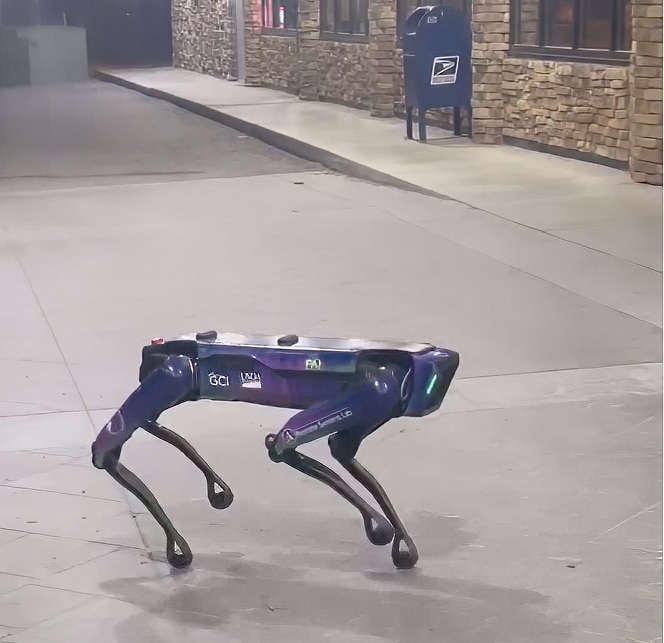Share this article
Wildlife Featured in this article
- Sage-grouse
Strategic grazing could boost declining sage-grouse
In the right conditions, grazing can benefit insects the bird depends on
A recent multi-agency study points to the role that strategic cattle grazing can play in restoring the declining greater sage-grouse population.
The study found that the intensity and timing of grazing has a significant impact on the availability of certain insects and plants that serve as vital food sources for the species. Sagebrush is the predominant plant species in much of the Great Basin. However, a U.S. Geological Survey report indicates that nearly half of the region’s rangelands have been lost due to widespread habitat destruction, primarily from wildland fire. Greater sage-grouse (Centrocercus urophasianus) rely on these ecosystems for food and nesting.
The study, published most recently in the Journal of Environmental Management, used time-lapse imagery to assess the impact of grazing on seven meadows in central Nevada. Researchers found increased grazing in the spring and summer, when sage-grouse depend on flowering plants to feed their young, had a significant impact on vegetation. However, grazing did not reduce insect abundance and could benefit some insects.
“Our results show that strategic grazing has the potential to have a positive impact on the biodiversity of meadow habitat, which not only benefits other species, but more so the sage-grouse, which is high up in the sagebrush food chain,” said William Richardson, the study’s lead researcher and a postdoctoral scholar at the University of Nevada.
Header Image: Greater sage-grouse depend on sagebrush landscapes, but those ecosystems are disappearing. Credit: Kerry Hargrove








